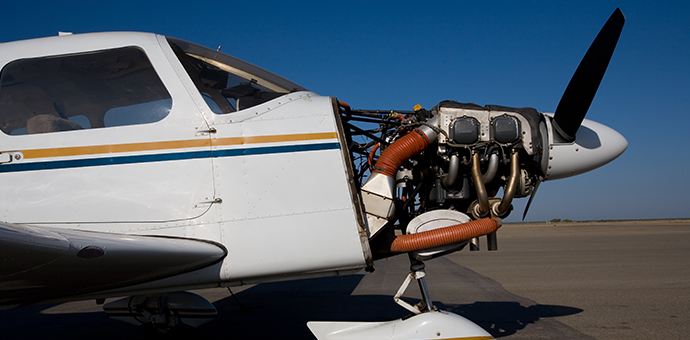Sofema Aviation Services considers the various obligations to ensure the effective delivery of an EASA CAO Aviation Quality System
CAO.A.100 Aviation Quality System and Organisational Review
Two options depending on size & scope:
1) Independent Reviews – Small CAO – Only Part ML Aircraft
– Max 10 Persons (Full Time Equivalent – FTE) Maintenance
– Max 5 Persons Continuing Airworthiness
Note 1: Small CAO – Shall not contract continuing airworthiness management tasks to other parties.
Note 2: An organisation that holds both maintenance and continuing airworthiness management privileges can be considered to be at the same time:
— a small CAO for one privilege; and
— not a small CAO for the other privilege.
In these situations, the organisation is not considered to be a small CAO as a whole.
2) Quality System & Quality Manager – Non-Small CAO (May be combined with other relevant Organisational Systems)
Quality System to monitor:
(1) that all those activities are performed in accordance with the approved procedures;
(2) that all contracted maintenance tasks are carried out in accordance with the contract;
(3) that the organisation continues to comply with the requirements of this Annex.
Note: The records of that monitoring shall be retained for at least the previous 2 years.
Aviation Quality System – General
(a) The primary objectives of the quality system are to provide an independent monitoring function on how the organisation ensures compliance with the applicable requirements, policies and procedures, and to request actions where non-compliances are identified.
(b) The independence of the quality system is established by always ensuring that audits are carried out by personnel who are not responsible for the functions, procedures or products that are audited.
Aviation Quality System – Feedback
(a) The aviation quality management system should include a feedback system: it should ensure that all findings resulting from the independent audits are properly investigated and corrected in a timely manner.
It should address who is required to rectify each non-compliance and the procedure to be followed if rectification is not completed within appropriate timescales.
The procedure should enable the accountable manager to be kept informed of any safety issues and the extent of compliance with Part-CAO.
(b) The audit reports referenced in AMC1 CAO.A.100(b) should be sent to the relevant department for rectification action giving target rectification dates.
Rectification dates should be discussed with such a department before the quality department or nominated auditor confirms such dates in the report.
The relevant department is required to rectify findings and inform the quality manager or the auditor of such rectification.
(c) The accountable manager should hold regular meetings with staff to check the progress of any corrective actions. If these meetings are delegated to the quality manager on a day-to-day basis, then the accountable manager should:
(1) meet the senior staff involved at least twice per year to review the overall performance of the compliance monitoring function; and
(2) receive at least a half-yearly summary report on non-compliance findings.
Sofema Aviation Services and SofemaOnline offer EASA compliant regulatory & vocational training including courses providing understanding about aviation quality and safety management systems. For further details please see our websites or email team@sassofia.com
Tags:
EASA, Quality System, continuing airworthiness, Part CAO, EASA Compliant Combined Airworthiness Organisation, Combined Airworthiness Organisation, CAO





